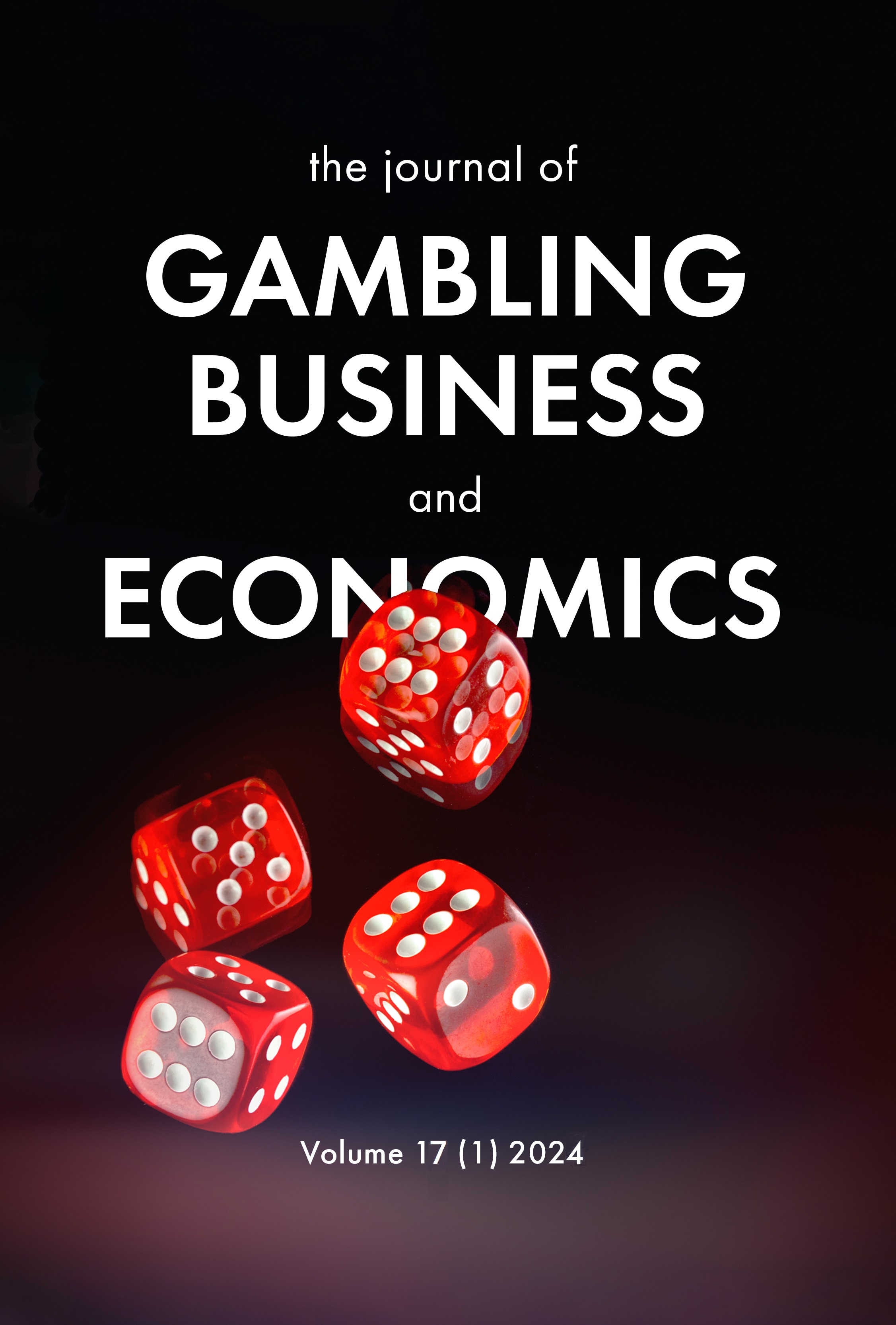In the Money: An Analysis of Monetary Value of Chips and Player Outcomes in No Limit Texas Hold’em Poker Tournaments
Main Article Content
Abstract
This paper uses data from 25 World Series of Poker Circuit no-limit Texas Hold’em high-stakes multiday tournaments comprised of 17,852 entries to analyze changes in player rank outcomes based on chip stacks and prior-day rankings. High-stakes poker tournaments are comparatively expensive to enter and thus attract a higher percentage of skillful poker players. We find several interesting results. First, players that make it to the final table have 50% more chips than the average chip stack, after the first day of play. Players that finish in the money, but do not make it to the final table, have roughly the average chip stack and players that finish out of the money consistently have around half of day one’s average chip stack. We also found that for our sample, the players who made it to the final table were, on average, in the 70th percentile after day one. Only 48 out of 225 players (21.33%) came from the bottom half of the distribution after day one to the final nine players. We also evaluate the Independent Chip Model (ICM) and compare the results predicted by the model to the empirical results in our tournament data. We find that ICM does a fairly good job predicting overall results; however, players with the top 25% chip stacks on the final day of the tournament tend to moderately outperform their ICM expectations largely at the expense of the players with medium chip stacks. Shorter stacks, on the other hand, come closest to realizing their mathematical expectation.
Article Details
Issue
Section
Articles

